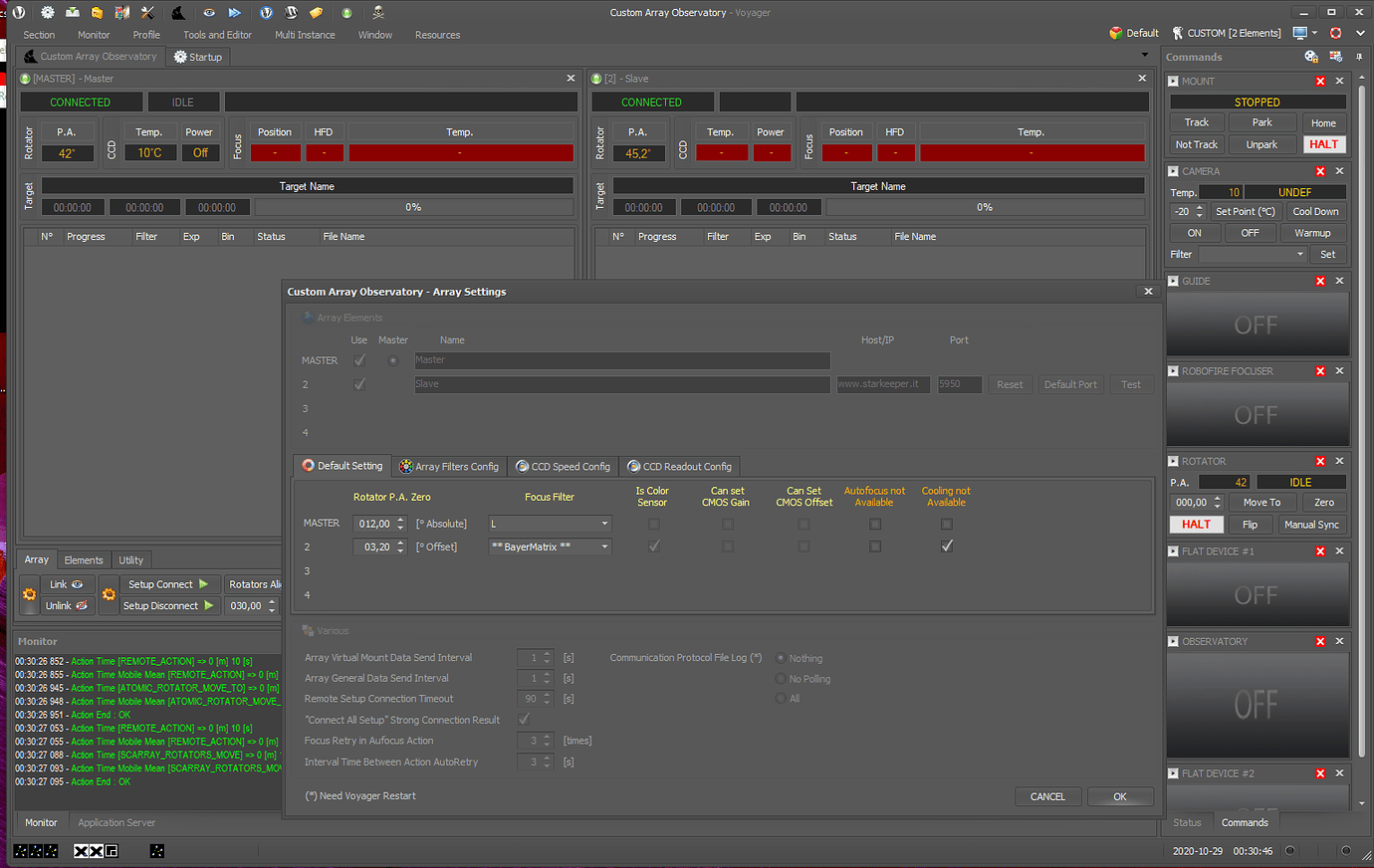
- #Automation arraysync how to#
- #Automation arraysync full#
- #Automation arraysync software#
- #Automation arraysync Pc#
- #Automation arraysync free#
Time for an important question- Which is better? No-code or low-code? Users, primarily developers and IT teams, bring together components provided by low-code platforms to deliver desired projects faster and with lower technical dependency. They use no-code platforms to create or customize processes based on their needs.įor low-code, a typical example would be creating web products ranging from HTML websites to enterprise-class applications. In this case, users aren’t necessarily aware of the back-end infrastructures. Here’s a quick comparison that will show you the differences.Īn industry example of no-code would be automating everyday business tasks by achieving integration between systems.
#Automation arraysync software#
For example, both are providing the means to agile software development using visual, drag-and-drop interfaces.īut, in the big picture, no-code and low-code are entirely different. Sure, there can be a few minor similarities between the two. People often consider no-code and low-code to be related and interchangeable. And you’ve probably asked yourself- Are no-code and low-code related? If you’ve heard or used no-code before, chances are you come across the term low-code as well. All they’d need to do is click, scroll, or drag and drop. Using no-code automation tools, even non-technical users like marketers, sales executives, or HR reps can build their full-fledged applications. Unlike traditional heavy coding, no-code uses a drag-and-drop GUI environment that requires little to no experience in programming. It’s basically a better and more inclusive approach to application development. No-code, shortened from no-code development, is a method of building web and mobile applications that do not necessarily involve writing code.
#Automation arraysync how to#
It’s empowering everyday users (developers or not) to drive innovation and develop enterprise-grade web solutions without knowing or learning how to code. In an era where the need for software solutions exceeds available skilled developers, no-code technology enables businesses to meet the ever-increasing software demand. It seems like Chris was right about the future of coding. Three years later, no-code is one of the best emerging trends in the business environment.Īccording to Forrester’s Research, the low-code and no-code development market will reach the $21.2 billion mark by 2022. Chris made a prediction that no-code automation would soon be a promising alternative to traditional software programming.
#Automation arraysync full#
ArraySync's underlying protocol is platform independent.In 2017, Chris Wanstrath, former CEO of Github, walked into a room full of coders and said, We believe the future of coding is no coding at all.
#Automation arraysync Pc#
Use a Mac as a server controlling PC clients, or a PC server controlling Mac clients, or mix and match Macs and PCs in any combination you can imagine. Whether you have Macs, PCs or both, ArraySync plays nice with all your hardware. Enjoy the flexibility to express your ideas through unique custom displays unhindered by dedicated hardware.
#Automation arraysync free#
Rather than relying on inflexible hardware-based systems, you're free to design the ultimate display setup using varying sizes and placements of screens.

Because ArraySync is completely software-based, the configuration possibilities are endless.

Mac users also have the option to span videos directly without reprocessing with ArrayShaker. Use ArrayShaker to break up your media into multiple segments and distribute them to ArraySync Clients powering your displays. Effortlessly create video arrays without specialized hardware.ĪrraySync makes it easy to build a multi-screen video presentation.

ArraySync's performance is limited only by the capabilities of your hardware. ArraySync is completely scalable, and can run entirely on hardware you already own. ArraySync synchronizes playback of QuickTime content across multiple displays attached to one workstation or over a local area network. Create dazzling multi-screen presentations with ArraySync, the QuickTime-based video array and digital signage controller from The National Software Laboratory.


 0 kommentar(er)
0 kommentar(er)
